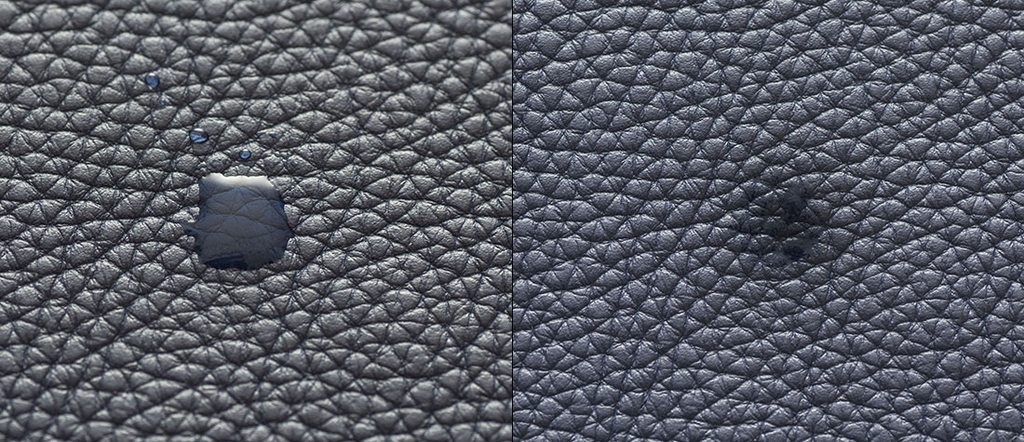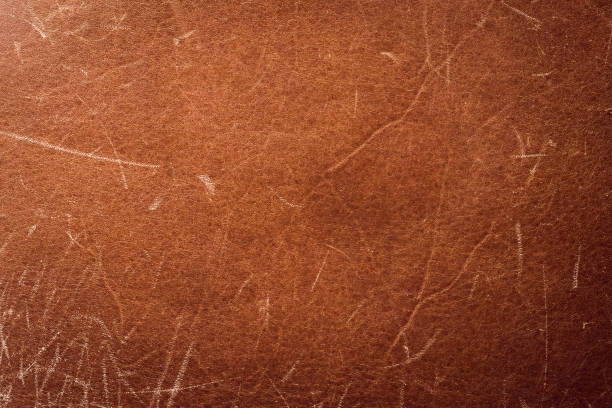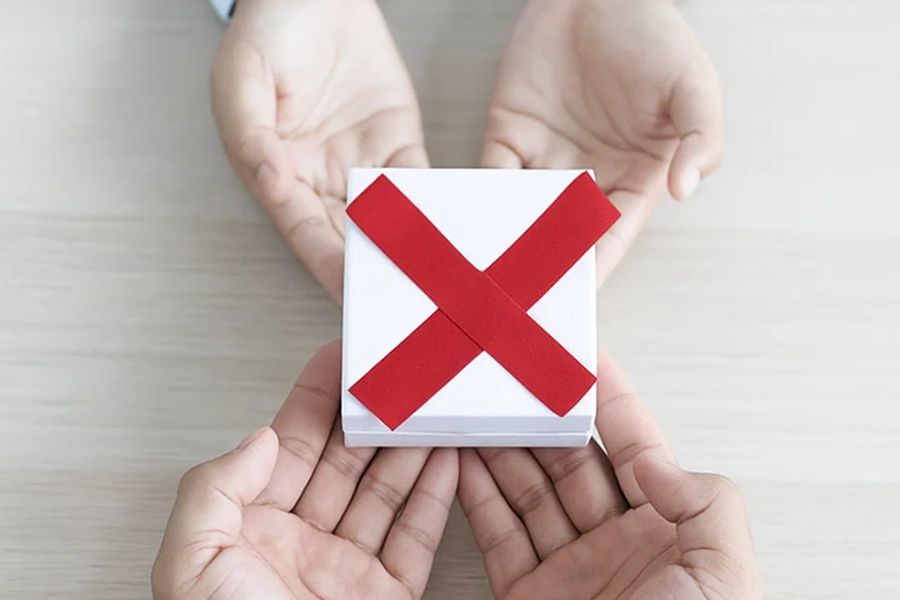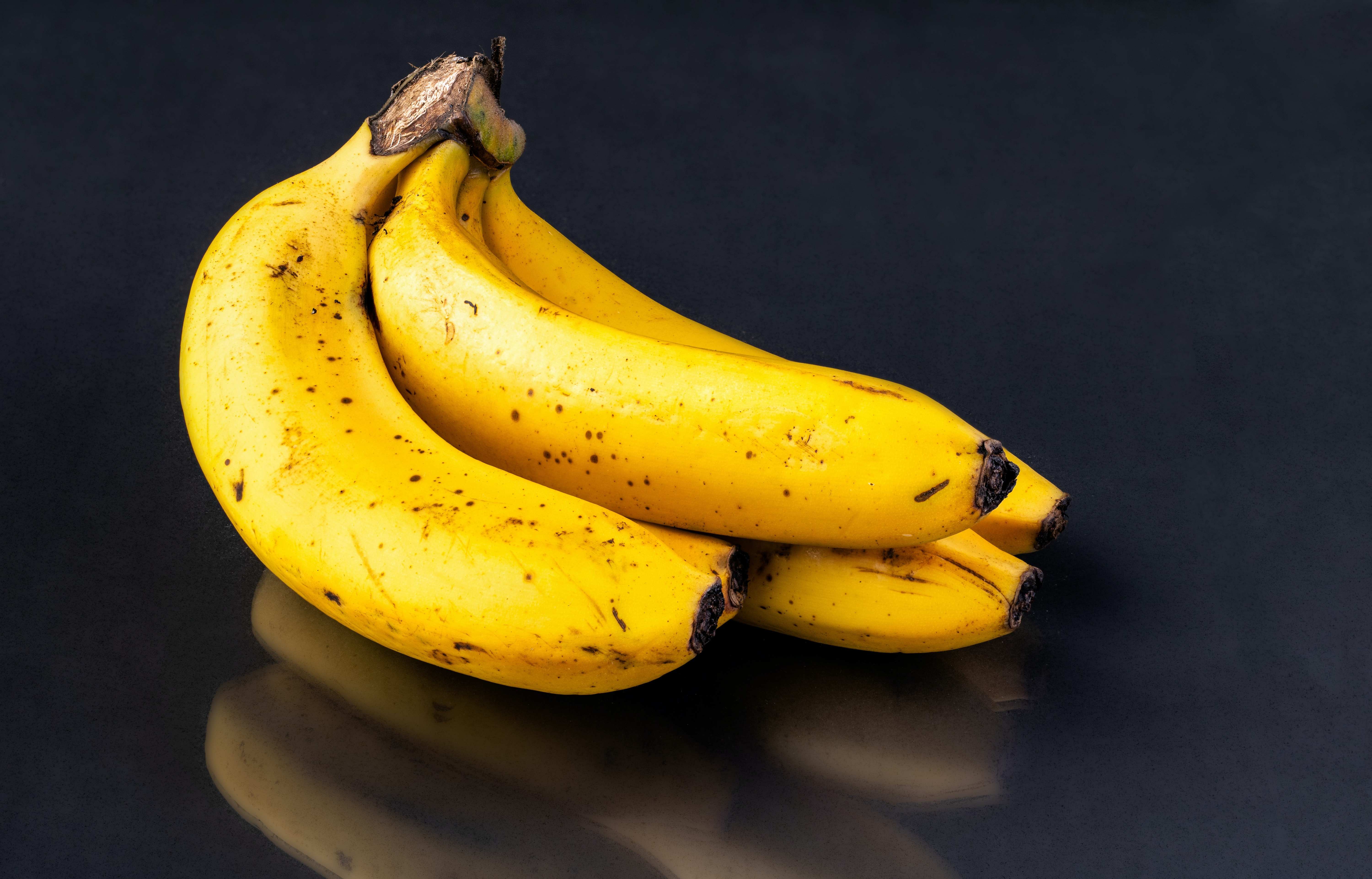- Dec 27, 2022
How To Identify Genuine Leather
Leather goods made from genuine leather, or real leather, express a fancy and high-class vibe for their wearers. This material is commonly used in luxury fashion or interior design, both for its durability and its visual values. Therefore, the prices are not wallet-friendly at all, especially with items made from exquisite animal skin sources that require extreme meticulousness while processing. It leads to the avoidable appearance of faux leather, the artificial counterpart of genuine leather at a more affordable price. The problem does not lie with branded faux leather products, but with fake ones that are disguised as "genuine leather" and cost a fortune, which is much higher than their rightful price. Nobody wants to waste their money, or worse, be scammed. Therefore, this article will help you distinguish between real leather and faux leather.
Basic difference between genuine leather and artificial leather
Genuine leather, or real leather, as a material for clothing, accessories, or furniture, is animal skin that goes through a specialized process to improve the texture and elasticity. This process also helps to avoid mildew and increase leather's durability and longevity.
Depending on the types of leather, each production process will have differences in standards and requirements. However, they commonly include these steps: cleansing, drying, soaking with special chemicals, etc. Leather from different animals and different parts of one will have their own features in terms of thickness and absorbing ability. In addition to that, the tanning process will also affect the texture, appearance, and quality of the final products.
Meanwhile, faux leather is made of artificial fibers such as polyester or polyurethane. They will be coated with a PVC layer to create false scar marks and stretches that mimic the appearance of genuine leather, and that’s how it enables them to approach a variety of consumers more easily. Despite the cheaper prices, faux leather accessories and clothing are lower in both durability and visual values in comparison with genuine leather, which are all important factors to consider when choosing an item.

These 7 steps are commonly used to distinguish genuine leather from faux leather, so you can check whether the item you're going to buy or have already bought is a real one or not.
7 tips to identify genuine leather apart from fake leather
1. Take a close look at the leather
Genuine leather is animal skin, so it will have natural pores and not be as smooth as fake leather. From looking at it, you can tell whether it is made of real leather or just artificially made. Even if the pores can possibly be created, they cannot look as real and natural as the authentic ones.
One thing worth noting is that for high-end leather products, the producing process has extreme meticulousness in dealing with any too rough surfaces. Therefore, you may need a more detailed check to differentiate.
2. Sniff the leather
If looking at the surface does not provide enough evidence, you can try smelling the leather. Genuine leather has a distinctive smell from the tanning process that is quite hard to duplicate—it will be something natural, earthy, maybe sweet. It's worth noticing that some leather does not have any smell. But overall, either a quality, real leather item should have no or a mild, pleasant smell—definitely not something you hate. Meanwhile, poorly treated and badly tanned leather might have a foul odor, and faux leather will smell like plastic.
3. Check the part where leather is cut
Human-made leather has almost perfect edges because it is processed with synthetic material, which has a quite different inner texture. A cut should reveal that texture, and genuine leather tends to have a rougher appearance at the cut.

This is even more accurate when applied to handmade leather goods, especially hand-crafted bags that fall under "bare leather" designs. When looking at such products, not only are the characteristic brown tones of leather there, but also the cut is often visible, and you can easily observe through that. Besides, when you fold real leather, it is smoother and does not have as many small cracks as artificial leather.
4. Test with water
When you drop a tiny bit of water on genuine leather, the droplet will slowly spread out and slightly absorb into the leather because animal leather is porous and naturally absorbent. When testing fake leather, the water droplet will normally just slide on the surface. However, some faux leather types, such as ones made from microfiber, can absorb water. Therefore, remember to utilize all the checks to make sure.

5. Touch it and feel it
You can touch the leather to feel its texture. If it's real leather, it will be soft and a bit rough, while artificial leather is hard. The making process can be done well but cannot create the natural rusticity of authentic material.
When you press the surface, you can easily see that it is elastic; it will return to its normal condition after a few seconds. Artificial leather does not have such elasticity.
6. Test with fire
When burned, real leather emits a natural burnt smell of... well, leather, whereas faux leather emits a bitter and toxic odor similar to burnt plastic. Although genuine leather can wrinkle a little bit, it still has a decent resistance to heat and fire, so it will not start a big flame and burn very slowly. Artificial leather is easy to burn into ashes or little clumps.
7. Use it after a long time to see the differences
One of the features that make genuine leather a good material is that it will become softer and softer after a long time of usage. However, its shininess and color can fade due to external factors such as usage frequency, heat, and humidity. To restore the original condition, you can cleanse it with a towel, wipe it with leather lotion, or use a specialized leather spray.
On the contrary, artificial leather has a more vibrant color and a longer-lasting shine because of chemicals. However, on the long run, it is rougher and easier to have cracks.

Most people choose genuine leather because of its luxurious and high-class beauty. Along with that, genuine leather, particularly leather materials of rare origin, has a high durability and collectible value. Nothing is more frustrating than purchasing the leather wallet or a pair of shoes of your dreams only to discover that they are made of synthetic material, which you really don't wish for. Hopefully, with the above article, CHUS has helped you know more tips to identify genuine leather products from fake ones made of faux leather in a simpler and more effective way.










